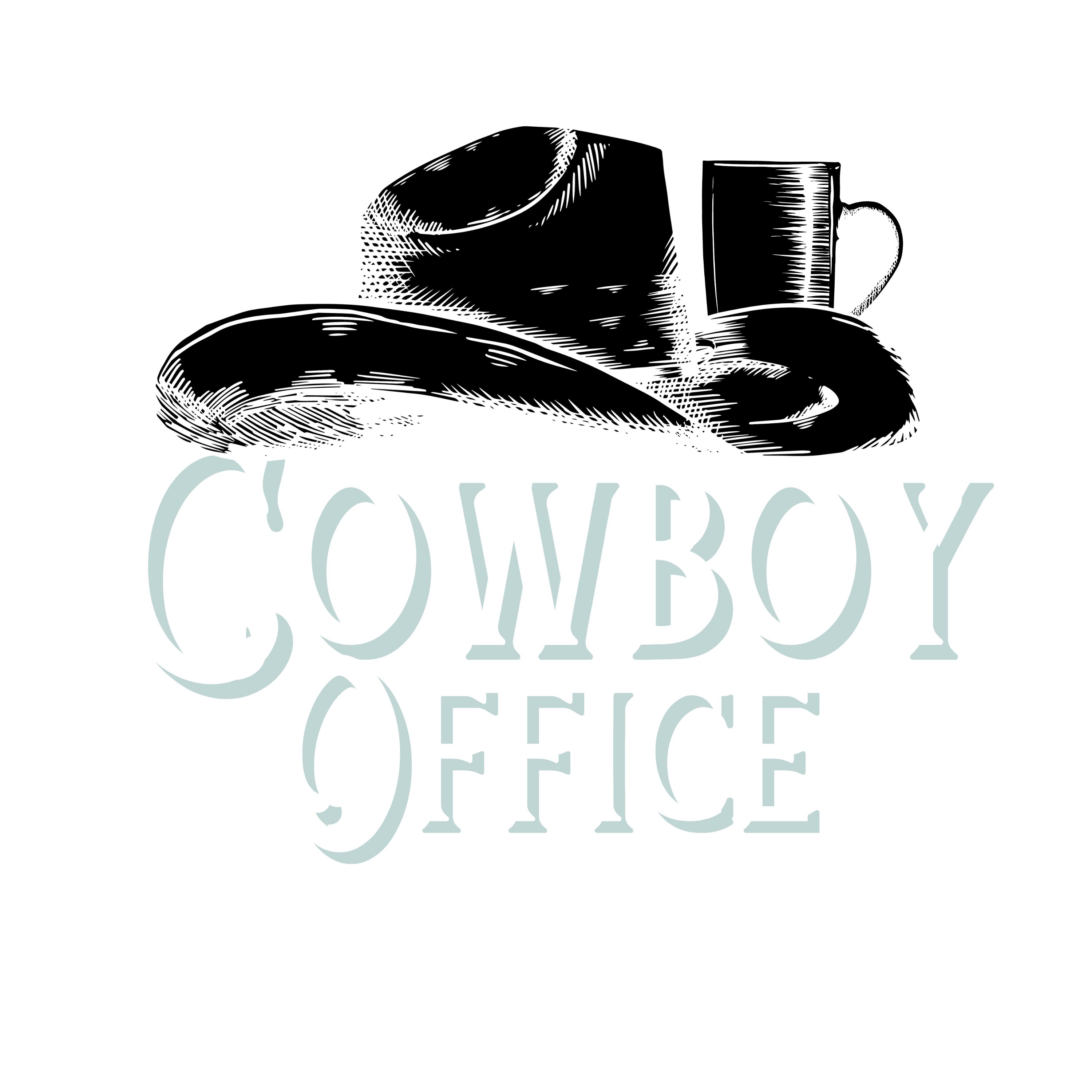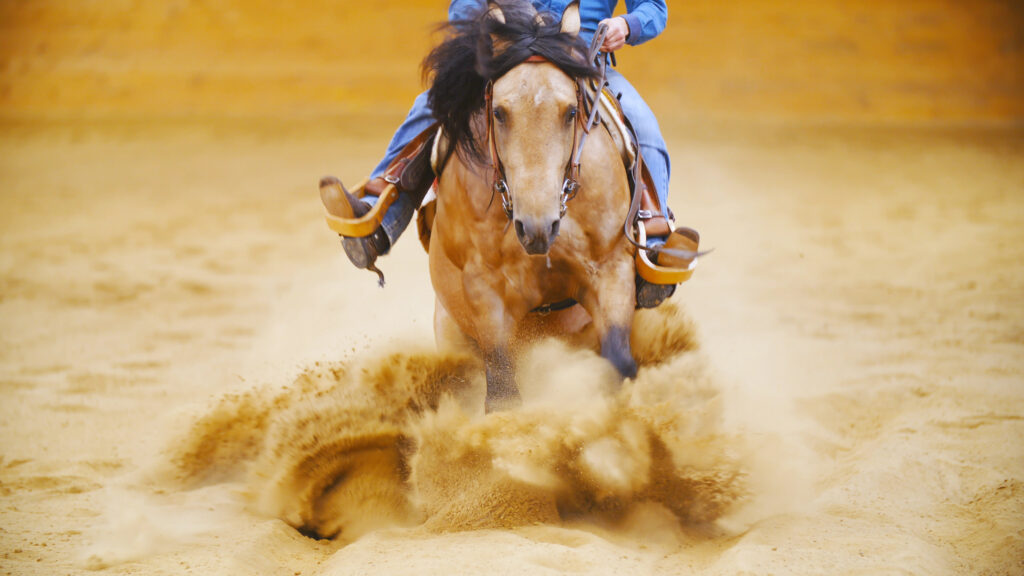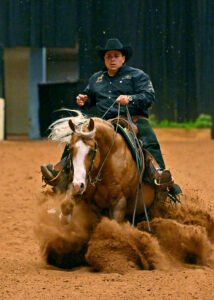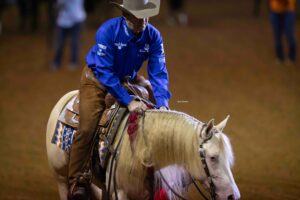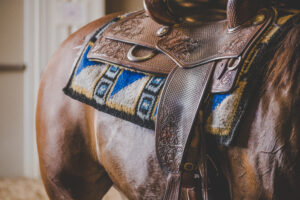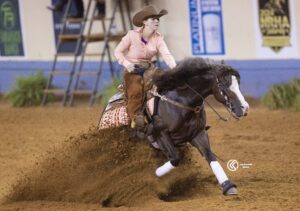
Open Reining Futurity 2024 review: Metrics of Officiating
2024 Open Reining Champion. Kaci O”Rourke and The Fireman make history as the 1st woman to win this prestigious event.
We review the event and provide data and analytics for the officiating performance relative to the professional talent displayed.
